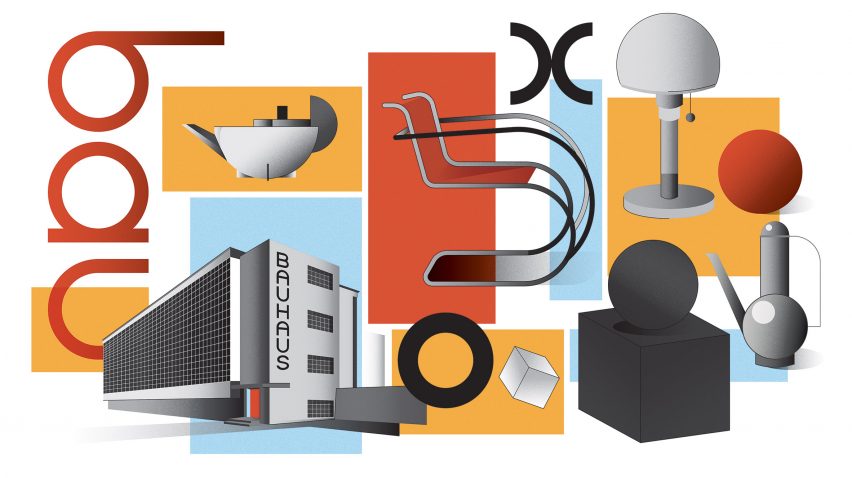
Bauhaus architecture and design from A to Z
To conclude our Bauhaus 100 series, celebrating the centenary of the hugely influential design school, we round out everything you need to know about the Bauhaus, from A to Z.
A | B | C | D | E | F | G | H | I | J | K | L | M | N | O | P | Q | R | S | T | U | V | W | X | Y | Z

A is for Anni and Josef Albers
Anni and Josef Albers are the Bauhaus' best-known couple. Both Albers' started as students and went on to become masters, with Josef becoming head of the glass workshop and Anni leading the weaving workshop.
In glasswork and weaving respectively, both Josef and Anni created vivid explorations of geometry, colour and grids. Following the school's closure, the Albers' moved to America, where they were both prolific artists and educators until their deaths.
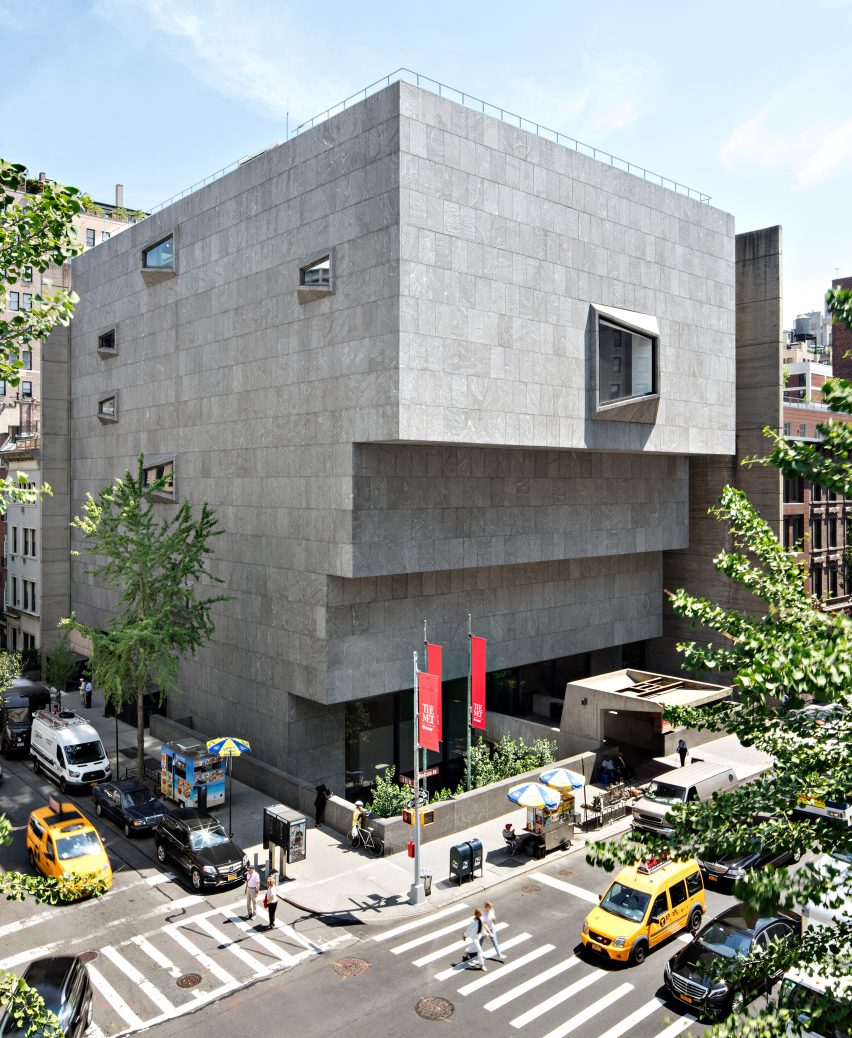
B is for Marcel Breuer
One of the many heavyweights to be educated and taught at the Bauhaus, Hungarian designer Marcel Breuer is equally known for his architecture and his tubular steel furniture.
At the design school, Breuer designed numerous pieces of furniture including the Model B3, better known as the Wassily Chair. Supported by the sale of his chairs, he set up an architecture practice, eventually moving to the United States where he designed over 100 buildings including the Metropolitan Museum of Art (now the Met Breuer).
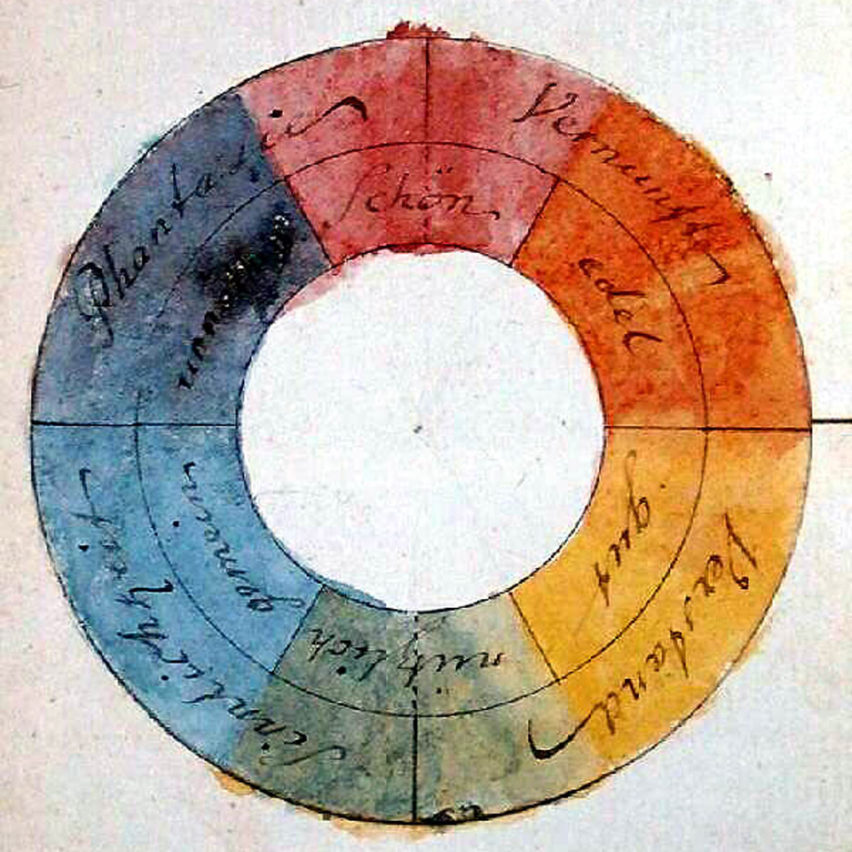
C is for Colour
Although the modernist architecture of the Bauhaus is not known for its use of colour, and its founder Walter Gropius had a personal disdain for colours in his buildings, colour theory was critical to the school and a mandatory foundation course.
The leaders of this course – first Swiss expressionist Johannes Itten, then Paul Klee, Wassily Kandinsky and Josef Albers – led the Bauhaus on a quest to decipher colour. The theories developed at the school underpin contemporary colour theory.

D is for Dessau
Dessau, a town 80 miles southwest of Berlin, was home to the Bauhaus from 1925 until 1932. After being forced to relocate from its first home in Weimar, Walter Gropius took the opportunity to create a building for the school that was a physical embodiment of the institution's ideals.
The progressive complex is based on an asymmetric pinwheel plan. It comprises three reinforced-concrete buildings with large expanses of glass connected by bridges.
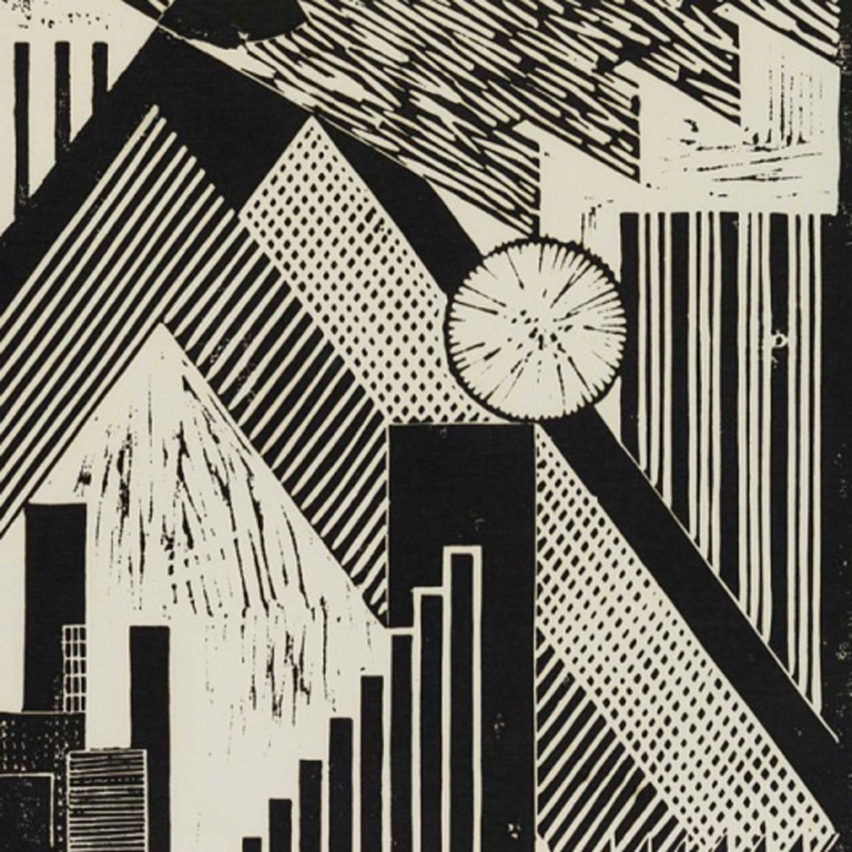
E is for Exhibitions
The Bauhaus promoted itself and its ideals through a succession of exhibitions while it was open, and this has continued since its closure.
On of the most famous was the Bauhaus: 1919–1928 exhibition held at MoMA in New York, five year's after the school's closure in 1939. Displaying over 700 works from the school, the exhibition drew a huge amount of attention to the Bauhaus.
To celebrate the 100th anniversary of the Bauhaus, museums and galleries around the world are hosting exhibitions to mark the occasion. Institutions hosting exhibitions include the Tate Modern in London, Museum Boijmans van Beuningen in Rotterdam and Garage in Moscow.
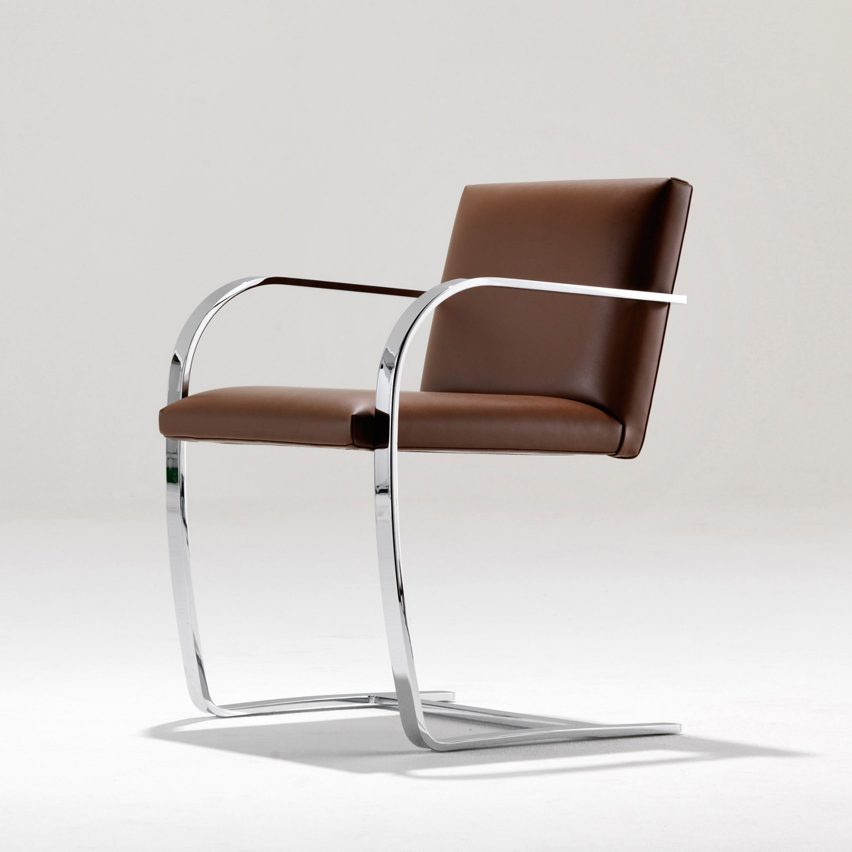
F is for Furniture
Designers at the Bauhaus created some of the most iconic pieces of furniture of the 20th century. Bauhaus furniture – from Breuer's Wassily Chair to Josef Hartwig's minimal chess set – was created to be functional above all other qualities.
Stripped down to their basic elements and often made using modern materials and construction techniques, the furniture designed at the school was designed to be available to the mass public. Other pieces associated with the Bauhaus were for private houses or enterprises, like Villa Tugendhat and the Barcelona Pavilion, both by Ludwig Mies van der Rohe.

G is for Walter Gropius
Walter Gropius founded the Bauhaus in 1919 and became its first director. Beforehand, the German architect worked in the office of Peter Behrens prior to establishing a practice with Adolf Meyer, where he designed the Fagus Factory in Alfeld, which made his career.
He wrote a manifesto setting out the principles of the school: "the Bauhaus strives to reunite arts and crafts – sculpture, painting, applied art, and handicrafts – as the permanent elements of a new architecture".
Gropius left the Bauhaus in 1928 and worked in Germany, before fleeing to England and then moving to the USA in 1937, where he became a professor and director at Harvard University's Department of Architecture.

H is for Herbert Bayer
Herbert Bayer designed the typeface called Universal, which became synonymous with the school. First a student and then a master of the printing and advertising workshop, Bayer was responsible for creating a visual identity for the school.
After leaving the Bauhaus, like many of his contemporaries, Bayer fled to the US in 1938 where he organised the exhibition Bauhaus 1919-28 at MoMa. He then established an extremely successful career in advertising.
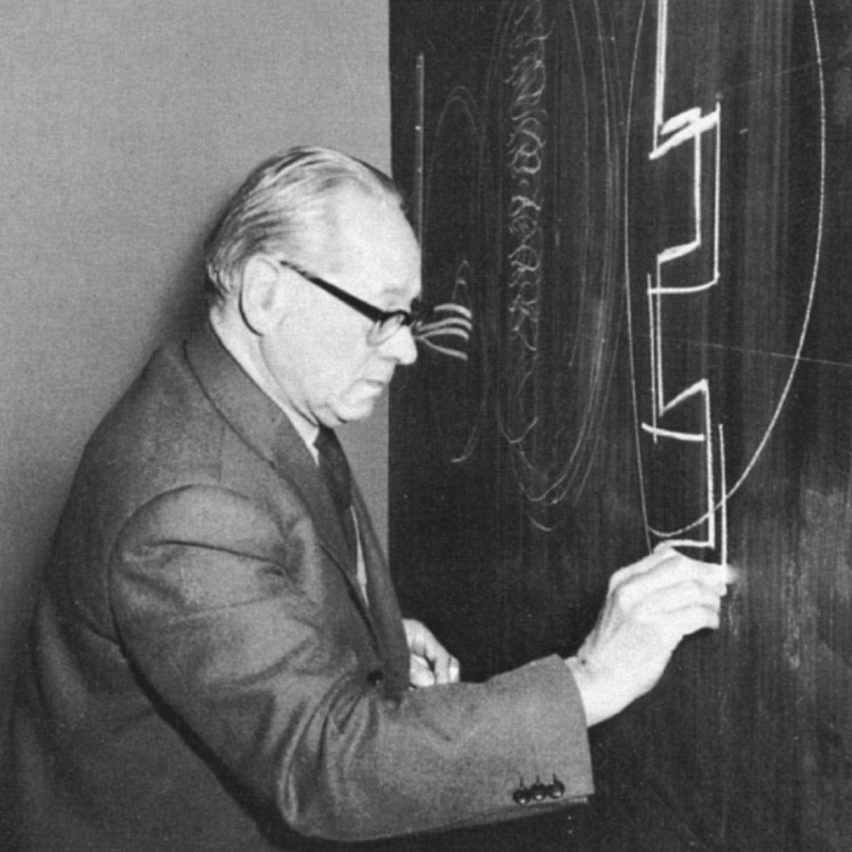
I is for Johannes Itten
Swiss painter Johannes Itten developed the original syllabus for the Bauhaus' preliminary course – focusing on material studies, colour theory and basic principles of design – and led its teaching with the school's establishment from 1919 until 1923.
Itten left the Bauhaus to create a weaving workshop near Zurich with the help of fellow Bauhaus educator Gunta Stölzl.
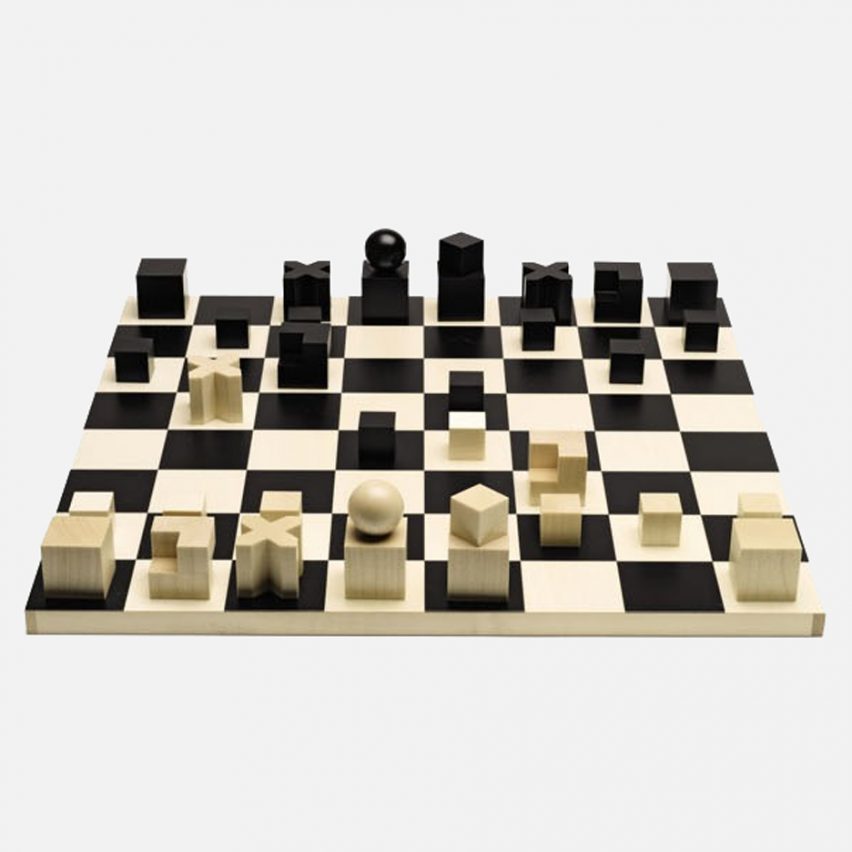
J is for Josef Hartwig
Munich-born artist Josef Hartwig joined the Bauhaus as a teacher and led the sculpture department from 1921 to 1925.
He is best known for designing a chess set with minimal pieces that visually represent the movement that they can each make. The flat and round pieces can also be neatly arranged together when put away.
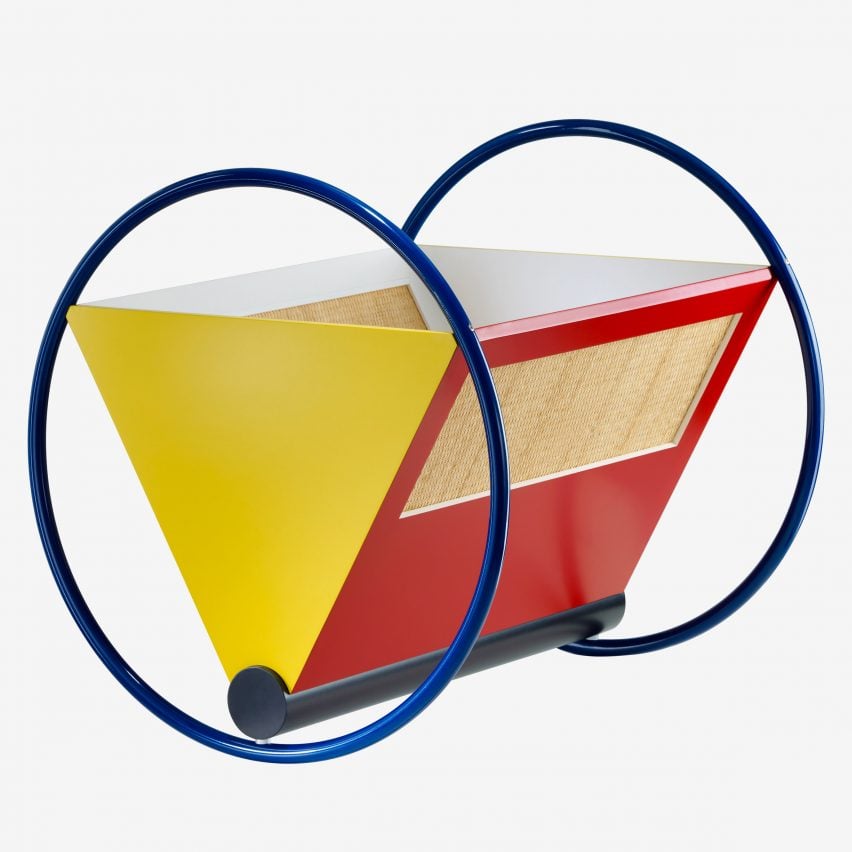
K is for Peter Keler
A student at the Bauhaus between 1921 and 1925, Peter Keller was a versatile designer, artist and architect. While at the school in 1923 he designed a baby cradle for the first Bauhaus exhibition in the Haus am Horn in Weimar.
Influenced by artist Wassily Kandinsky, who was a master at the school, the cradle is a combination of geometric shapes and primary colours.
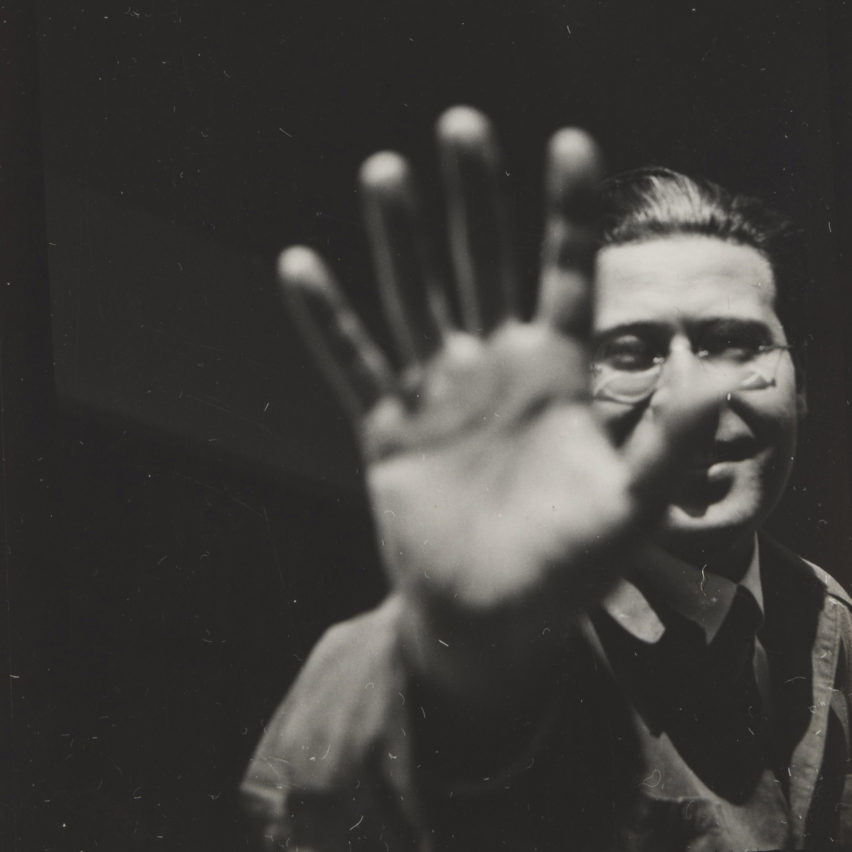
L is for László Moholy-Nagy
Hungarian-born László Moholy-Nagy was an influential teacher at the Bauhaus, leading its one-year preliminary course between 1923 and 1928, and heading numerous workshops as well, particularly in photography and metalwork.
The educator played a crucial role in spreading and continuing the ideals of the school after its closure in 1933, moving to America where he established the New Bauhaus in Chicago.

M is for Hannes Meyer
Hannes Mayer took over the Bauhaus as its second director after the departure of Walter Gropius in 1928, a role he would only spend two years with before being dismissed for political reasons.
The Swiss architect only joined the school a year before becoming director, as head of the newly formed architecture department. Israeli architect and student of the Bauhaus, Arieh Sharon, was greatly influenced by him. In his short tenure, Mayer won several important architecture commissions for the school.
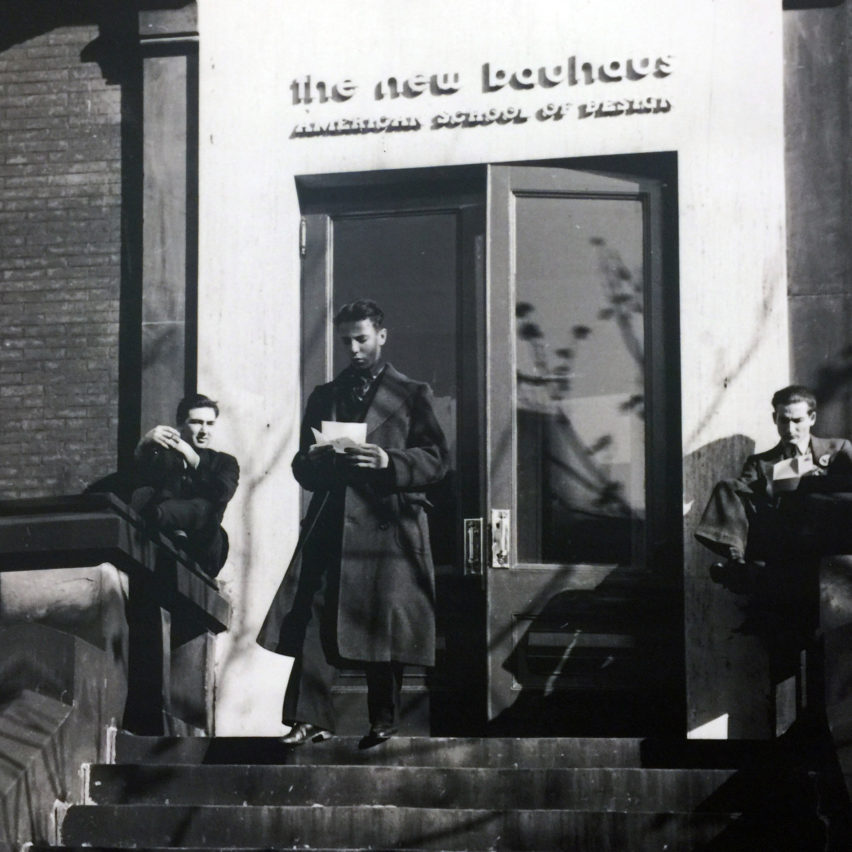
N is for New Bauhaus
The New Bauhaus school was established by Hungarian-born Bauhaus educator László Moholy-Nagy in the US in 1939. The Chicago-based design school was key to continuing the ideas of the German institution and transmitting them to America.
After a year the New Bauhaus closed, as the businessmen funding the school withdrew their money. Moholy-Nagy reopened the institute as The School of Design, which would become the Institute of Design in 1944, before becoming part of the Illinois Institute of Technology in 1949.
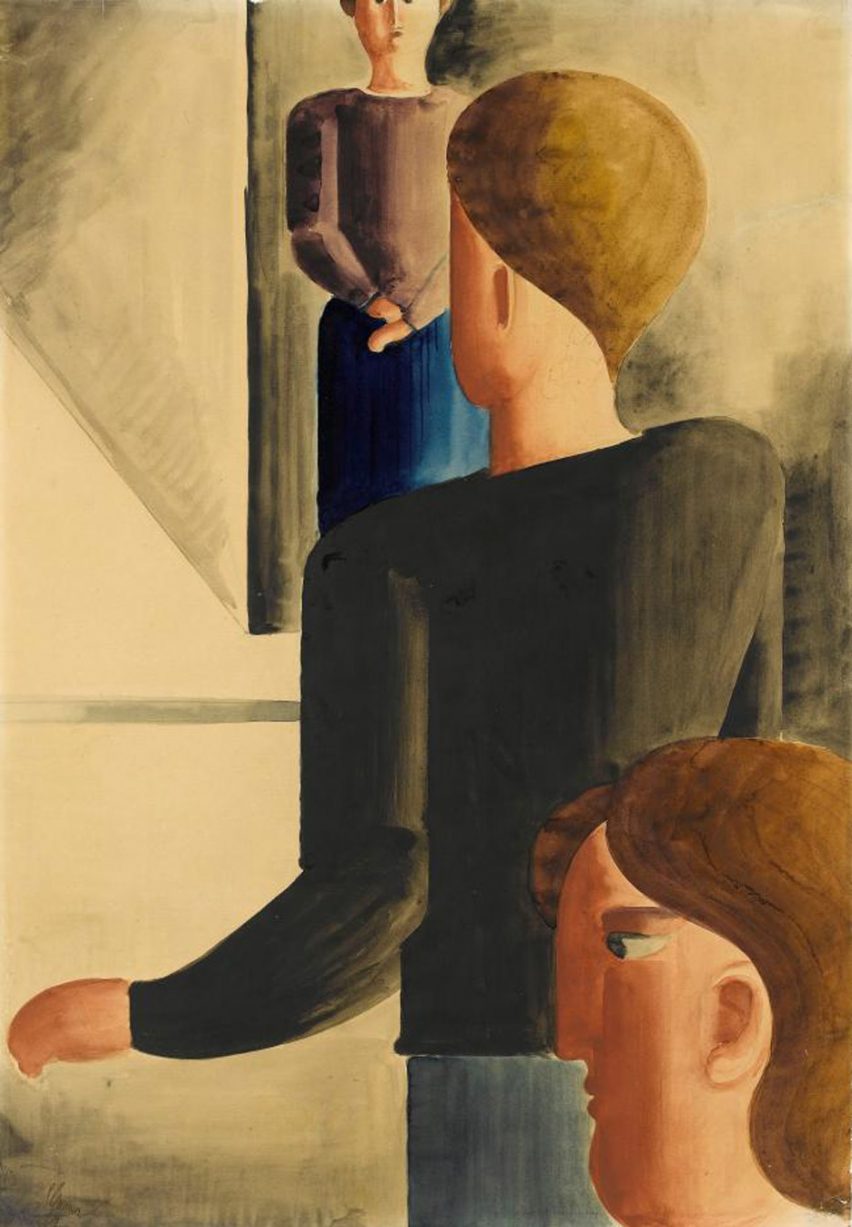
O is for Oskar Schlemmer
Oskar Schlemmer was one of the Bauhaus' core educators, teaching at the school from 1920 to 1929. He first lead both the mural and sculpture departments at the school, before becoming director of the theatre workshop in 1923, where he established the experimental theatre workshop.
In Schlemmer's most famous work, the Triadic Ballet created in 1922, actors perform as geometric representations of parts of the human body.
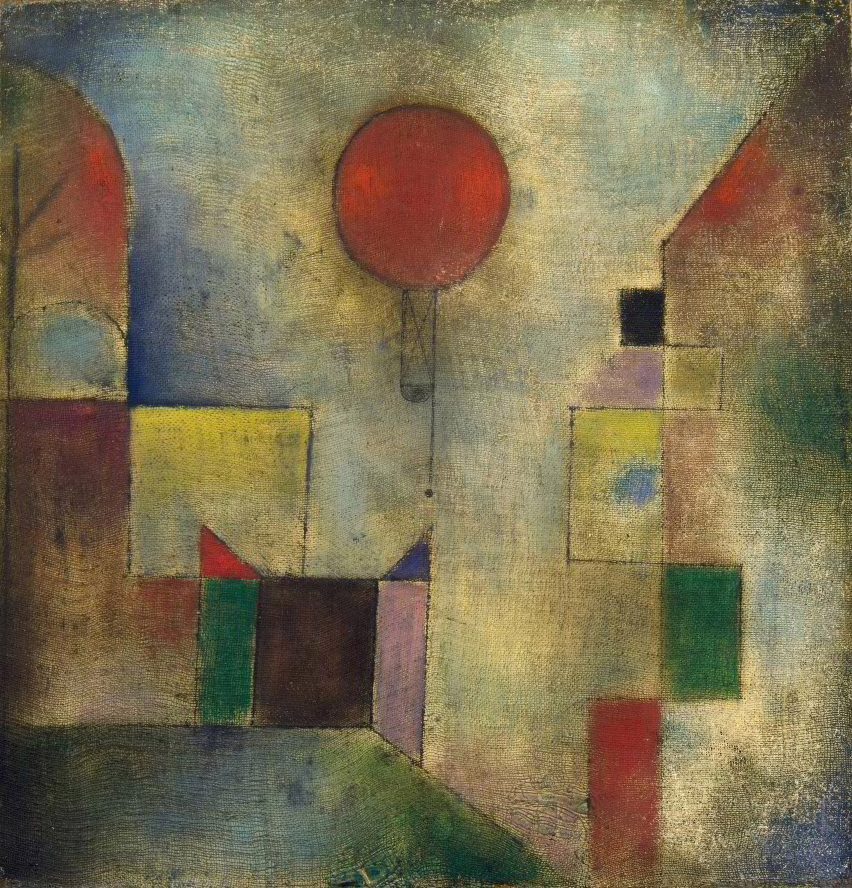
P is for Paul Klee
Swiss-born artist Paul Klee taught alongside his Russian friend Wassily Kandinsky at the Bauhaus for almost the entirety of the 1930s. Along with Kandinsky, he formalised the shape of modern abstract design and developed colour theory at the school.
He held numerous roles at the school at various times, directing the bookbinding, metal, glass painting workshops, as well as the sculptural and artistic design programme. Throughout his time at the Bauhaus, he also taught design theory on the preliminary course.
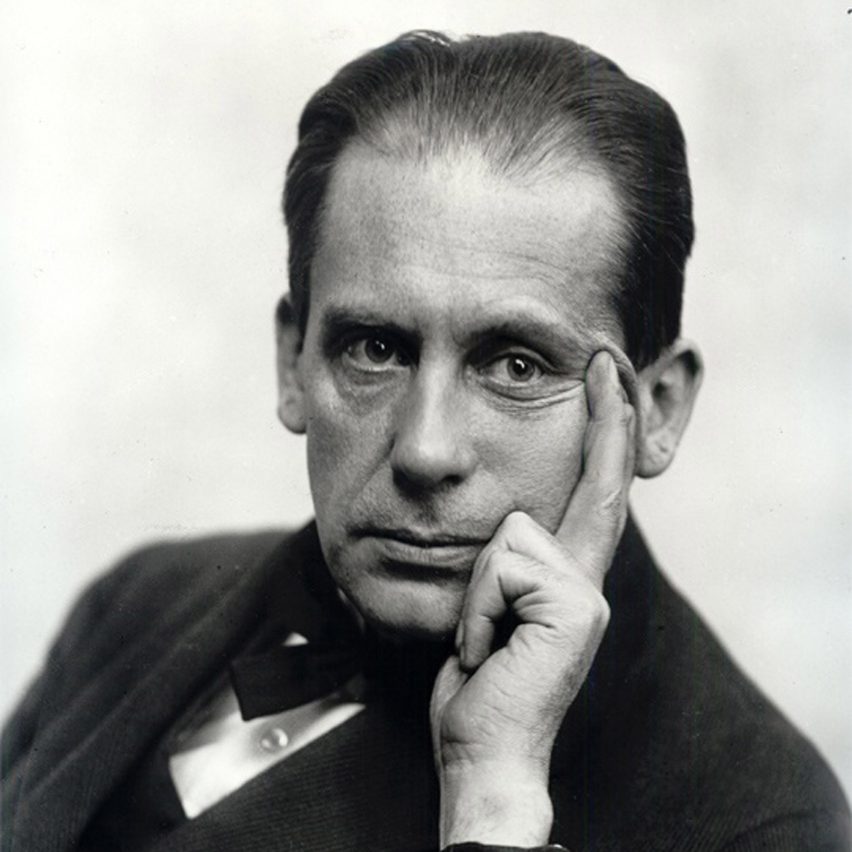
Q is for Quotes
The two giants of the Bauhaus – Walter Gropius and Ludwig Mies van der Rohe – are often quoted in regard to modernism and the ideals of the school. The first was the school's founder, and Mies was the school's final director.
Gropius' manifesto (noted earlier) was written for the school's founding and contains its core ideals. Numerous other phrases are credited to him, including: "The ultimate goal of all visual artistic activity is construction" and "art itself cannot be taught, but craftsmanship can".
The two phrases that Mies is best known for – "god is in the details" and "less is more" – were both said after the modernist architect left the school.

R is for Ludwig Mies van der Rohe
One of the 20th century's greatest architects, Ludwig Mies van der Rohe – know widely as Mies – was the third and final director of the Bauhaus. Taking over the beleaguered design school from Hannes Mayer in 1930, he tried to remove politics from the school and shifted its direction almost entirely towards architecture.
After the Dessau council closed the school in 1932, he rented a factory in Berlin as the school's home for its final moments.
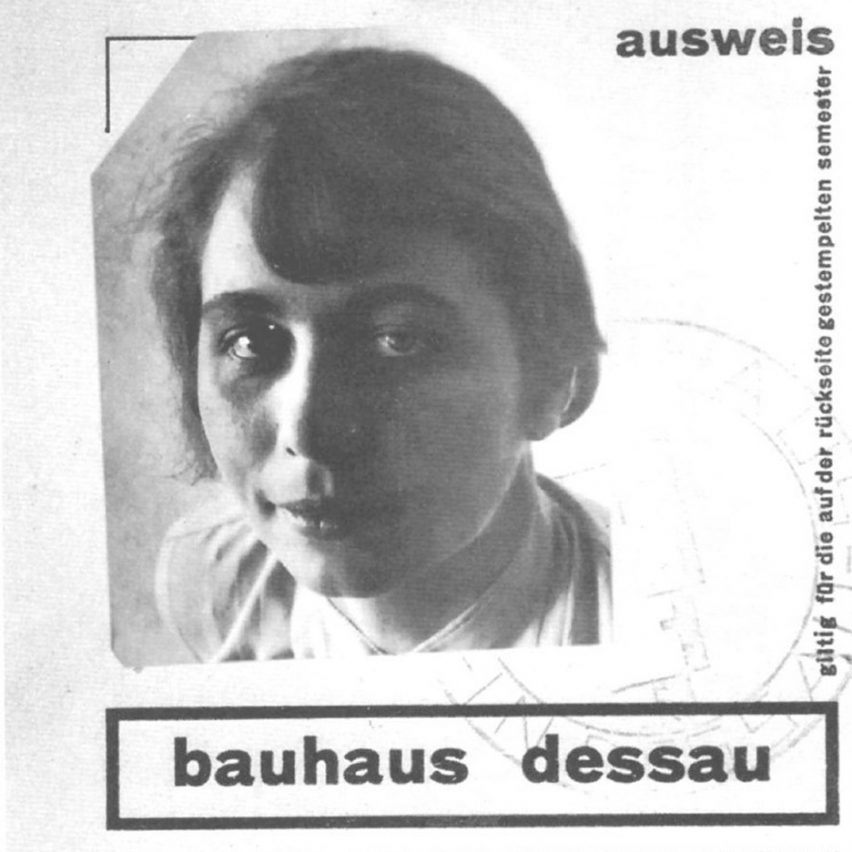
S is for Gunta Stölzl
Joining the Bauhaus as a student before becoming a junior master and going on to lead the weaving workshop, Gunta Stölzl was the first female department head and only female master at the school.
Under her leadership, the textile department moved from pictorial to industrial, with her own designs typifying the modern works of the Bauhaus. Stölzl is one of many female artists who studied at the Bauhaus.

T is for Tel Aviv
Tel Aviv in Israel is home to one of the largest, best-preserved and most coherent groupings of modernist architecture in the world.
Known as the White City, the collection of more than 4,000 Bauhaus-style buildings were created in the 1930s by many Jewish architects who studied at the Bauhaus, as well as modernist architects elsewhere. They moved to Tel Aviv to escape the rise of the Nazism and partake in the Zionist movement.
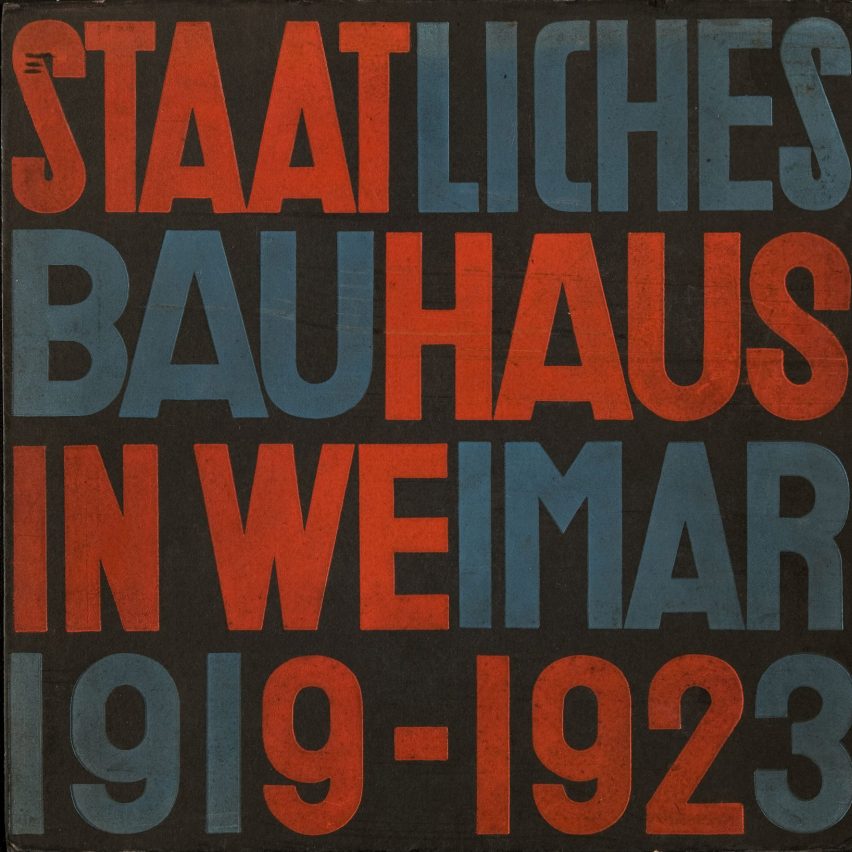
U is for Universal
The Universal typeface, developed by Herbert Bayer, was designed to be as idealistic as the Bauhaus, and has become closely associated with the school. He created the Universal alphabet in 1925, which features many rounded letters and numbers.
Designed to be crisp and modern, it has no upper cases (except G and K), as these were deemed a waste of time, and no serifs.
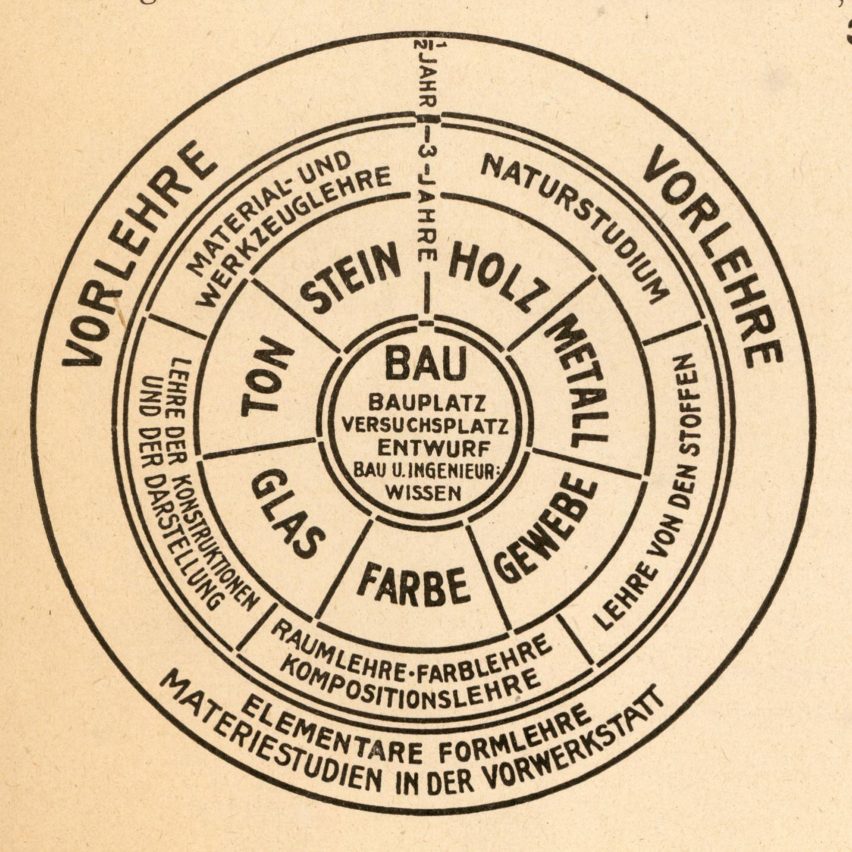
V is for Vorkurs
The preliminary course, Vorkurs, was the compulsory one-year foundation course that all students undertook at the Bauhaus during their first year.
First led by Johannes Itten, then László Moholy-Nagy and finally Joseph Albers, the curriculum taught the Bauhaus' basic principles of design.
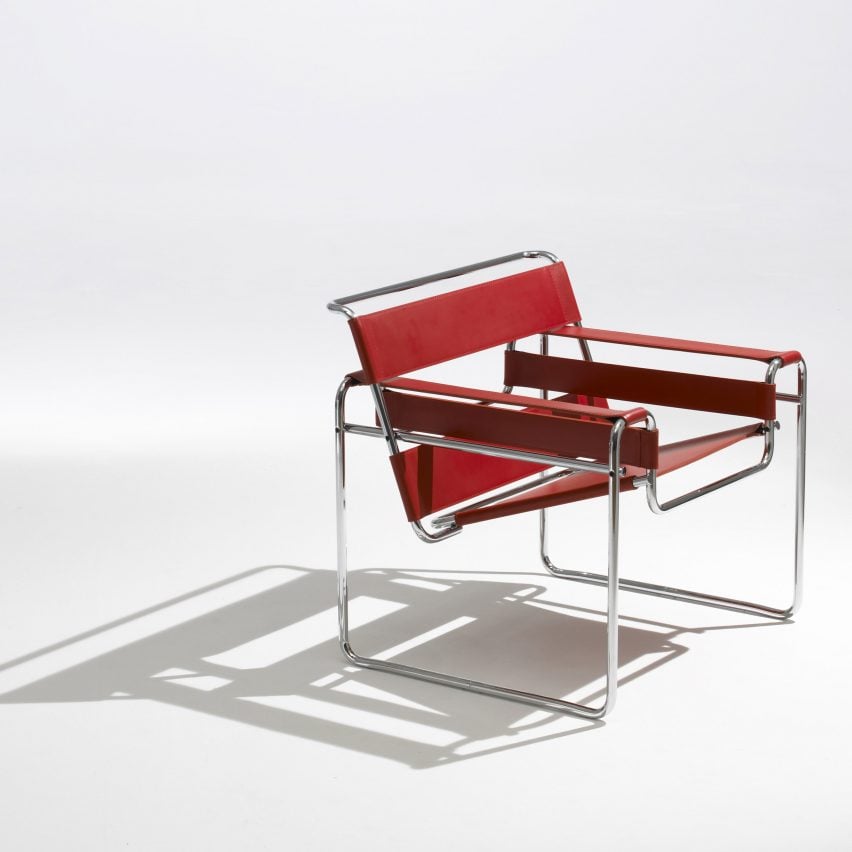
W is for Wassily Chair
The Model B3, better known as the Wassily Chair, is one of the most famous pieces of furniture connected to the Bauhaus.
Designed by Marcel Breuer, the iconic tubular steel chair was inspired by bicycle frames and made with the latest in steel-bending technology at the time. It is named after Bauhaus master Wassily Kandinsky, and close friend of Klee, who praised the piece.
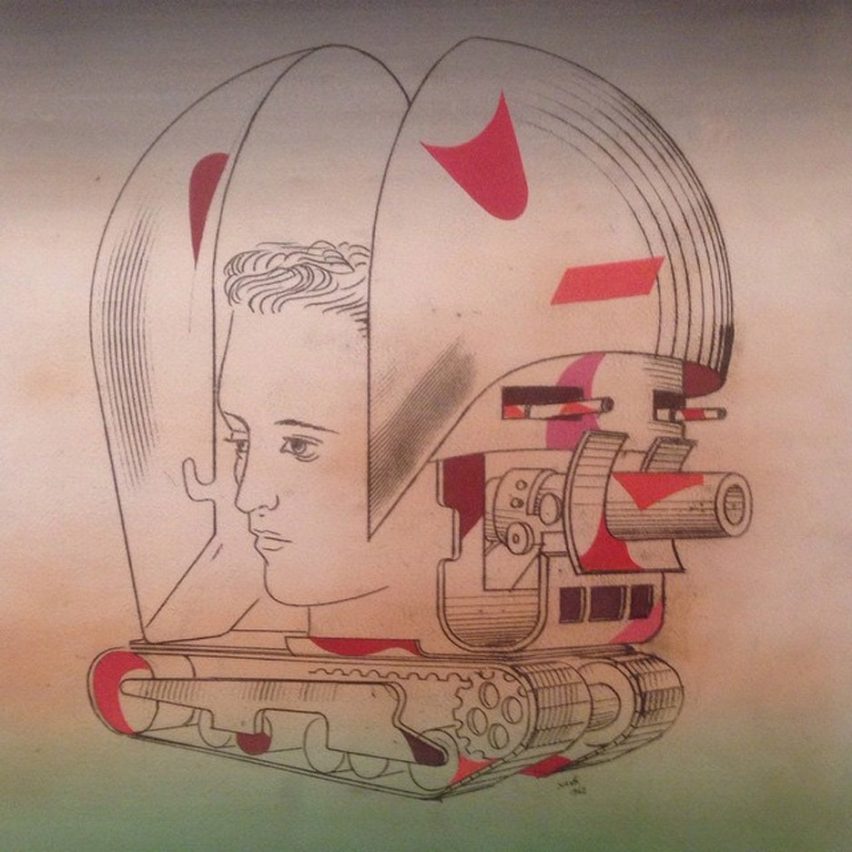
X is for Xanti Schawinsky
Swiss artist Xanti Schawinsky had an interdisciplinary approach that embodied the ideals of the Bauhaus. Enrolled at the Bauhaus in 1924, Schawinsky trained in the stage department under Oskar Schlemmer and played in the Bauhaus Jazz Band. He would go on to create an extremely broad range of works with photography, stage design, jazz, theatre shows and product design.
Following the Bauhaus, Schawinsky joined Josef Albers in teaching at Black Mountain College in Asheville, North Carolina.
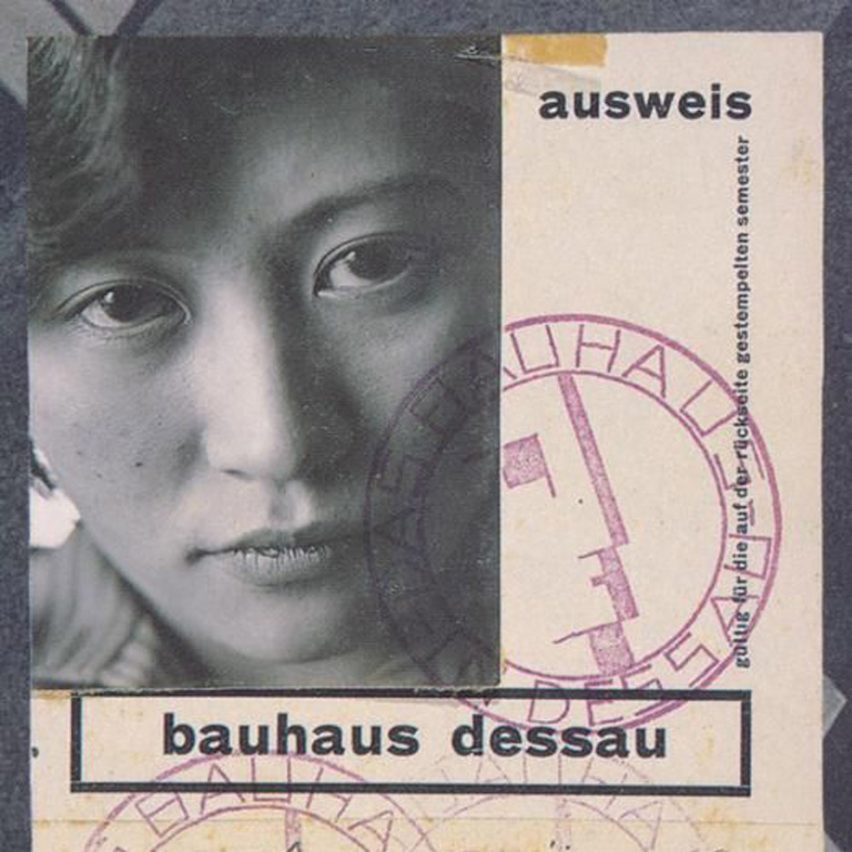
Y is for Iwao and Michiko Yamawaki
Another of the Bauhaus' many couples, Michiko and Iwao Yamawaki joined the Bauhaus as students in 1930 having left Japan and spent a short time in New York.
Subsequent to both taking the preliminary course led by Josef Albers, Michiko studied weaving, as typical of female students there, while Iwao moved from architecture to photography. As some of the few Japanese designers that travelled widely between the two world wars, the Yamawakis had an important impact on Japanese modernism.
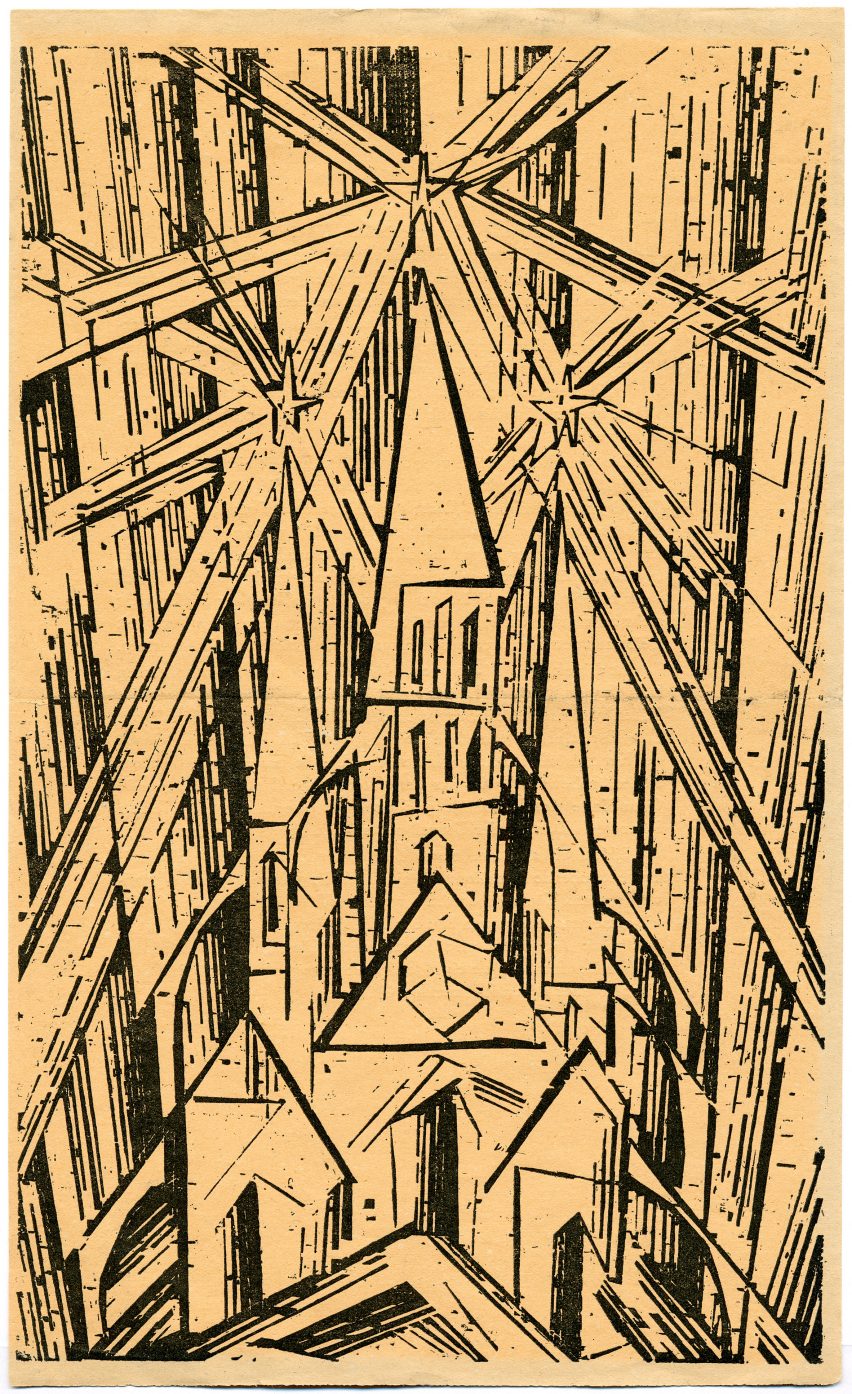
Z is for Zeitgeist
Zeitgeist translates from German into English as spirit of the age, and it was this experimental and collaborative spirit that epitomised the Bauhaus. Despite being a school for only 14 years, the impressive amount of designs that came out of the Bauhaus prove its lasting legacy.
The Bauhaus school was started during Germany's Weimar Republic era, and in the city of Weimar itself, as a promise to a new democratic model and cultural renaissance, despite the country quickly dissolving for economic, political and social reasons.